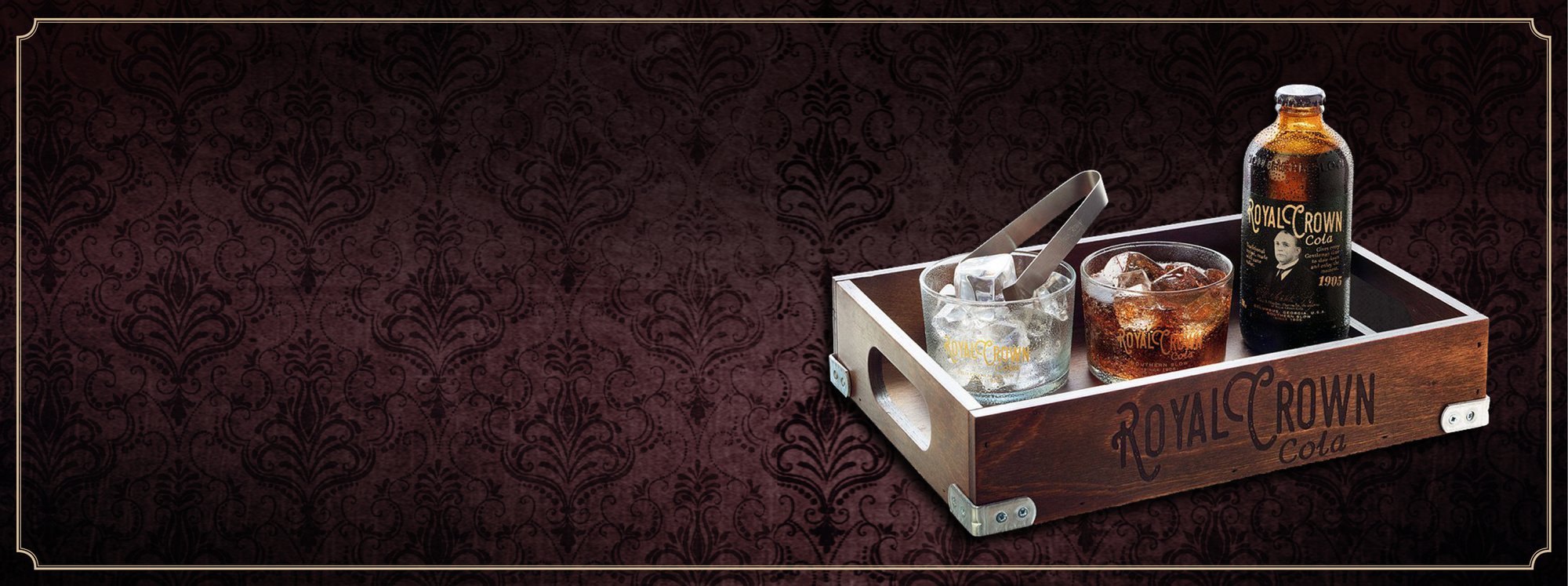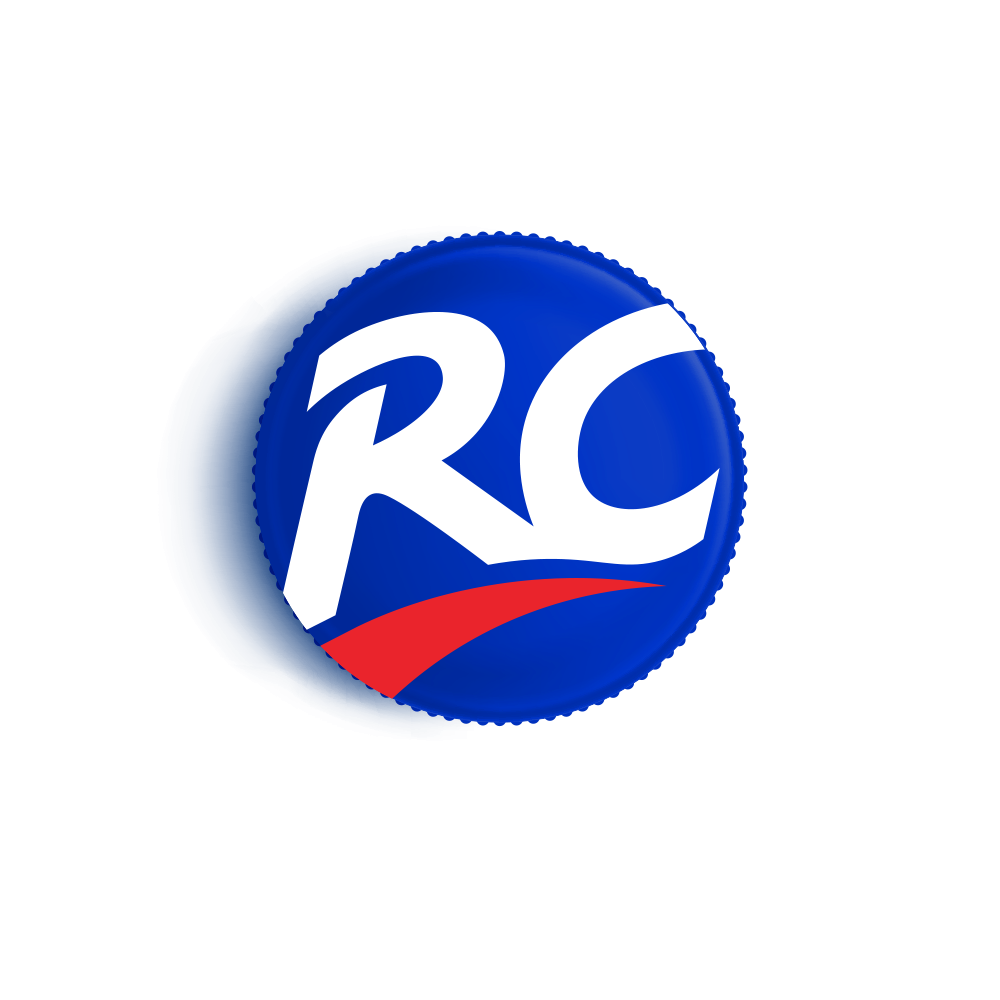HORECA has become more significant than ever – as indicated in a recent report: “The hotels, restaurants and cafes channel performs strongest in Europe.” A look at current trends provides a better understanding of Europe’s most popular beverages, providing insight into what you should consider adding to next year’s portfolio. Craft beverages including RC Cola are providing an increasingly attractive offering for those who want to sit in a bar or restaurant but simply don’t want alcohol.
Putting a Spin on Your Average Beverage with Craft
HORECA has been seeing growth this year for beverages that are alternatives to alcoholic drinks, and craft beverages including RC Cola are eagerly fit in that category.
Marketed as exclusive products at a higher price point in glass bottles, Craft beverages are available in limited locations. And boasting innovative and exotic flavors, they are an excellent match for the tastes, lifestyle, and cultural attitudes of millennials and Gen Z.
Download The 8 Hottest Beverage Trends for 2022
A FRESH LOOK AT SPARKLING WATER
One of the most notable trends this year is sparkling water, which is currently experiencing exponential growth in Europe. Sparkling water is the new go-to beverages in restaurants and in hotels; once favored by an older demographic, it has now been adopted by millennials and is sold in an array of flavors by many brands. Moreover, sparkling water is now considered to be a younger person’s drink as it is associated with being environmentally aware and “clean drinking.”
Another one of Europe’s most popular craft beverages this year is sodas – carbonated soft drinks (CSDs) consist of organic and/or other high-quality ingredients and lacking mass-produced preservatives or ingredients like corn syrup. And of course, they are sold in glass bottles. This specific subsection of the market has already seen impressive growth and is expected to continue at an impressive rate, as consumers continue to move to low-sugar or mid-calorie beverages.
One case in point – the Czech Republic beverage company Kofola – partnered with RC Cola International, and was able to penetrate the attractive but highly competitive HORECA market segment in both Czech Republic and Slovakia. Together we created Royal Crown Cola, a new premium craft cola with incredible branding that benefits from the RC Cola brand history and legacy of almost 115 years. In the Czech Republic alone, Royal Crown’s sales grew 200% and by 290% in the Slovak region since introducing the product at the end of 2017.
Packing More for the Punch – Premium JuicesThe craft beverages trend continues with premium juices – smoothies, coconut waters, and exotic, cold-pressed, fruit juices. The demand for premium juices reflects consumers’ willingness to pay more for products that are free of undesirable ingredients such as artificial coloring and added sugar. One reason behind this trend is an increased interest in beverages that improve functionality. Consumers are looking for products that provide functional and nutritional benefits – the vitamins and goodness in cold-pressed juices are perceived to fit the bill.
Cold Brew Coffee and Coffee Flavors are “Percolating”
Cold brew coffee – grounds steeped in cold water for 10 to 24 hours to produce concentrated coffee essence – represents yet another shift by young consumers to beverages perceived as exclusive or different. Cold brew has the advantage of being perceived as a greener option – not requiring heat or electricity to make it. And it has less sugar than other drinks, which is a strong plus. In fact, 66 percent of younger drinkers in Europe who claim to be trying to reduce their sugar intake say that they liked chilled coffee as an alternative to sugary drinks.
The interest in cold brew coffee has prompted the launch of a wide range of products made with this flavor. For example, RC Cola International’s decision to launch RC Coffee Cola – the first coffee-flavored cola – is a response to this growing trend.
Coffee in New Places & SpacesCoffee flavors have been introduced in an array of products, with drinks like coffee flavored cocktails and cold brew coffee liqueurs. Some consumers are so enamored of these options that they’re even making espresso martinis and cold brew Negronis at home.
With the growth driven by HORECA, there’s new demand for coffee concentrate (in liquid form), used in preparing RTD (ready-to-drink) cold brew coffee. And then there’s the Avolatte – perhaps the most startling news in coffee this year, a wacky combination that involves drinking a latte in avocado skin.
Craft Beer Hits HORECA Europe
Beer sales in Europe have been flat for years. Zenith Global gives several reasons: a shortage of hops in Europe in 2015, the movement toward alcohol abstinence, and interest in spirits.
Yet craft beers are seeing a renaissance. According to the Economist, microbreweries in Europe tripled in six years. And though the US and UK are still the biggest producers, Europe and Asia are getting into this trend as well with beer festivals across Europe
Part of what’s behind craft beers’ popularity is the bar experience – between the decor, aura, and a trendy vibe. And with craft beers, you frequently get to meet the people behind the product, with the brewery owners accessible and available for tours.
Beer without the Alcohol?As we have already shared, breweries are deep in experimenting with non-alcoholic (NA) and low-alcohol offerings to boost product offerings. And the trend is strong in Europe – especially in Germany, which has a history of non-alcoholic products. Specifically, the attraction of NA beer connects to the general growth of craft beverages – i.e., appealing to consumers who want something to drink in a restaurant or bar without the alcohol. There are a variety of European NA beers – brewed by the German Weihenstephaner and Clausthaler, the Scottish BrewDog, the Danish Mikkeller, the Dutch vandeStreek Bier, and others. Producers are constantly discovering ways to do it better – for example, by adding bittering spices and hops to cancel out the sometimes too-sweet taste of the beer minus the dryness of alcohol.
HORECA – New Directions
In Europe, HORECA is serving a changing industry with distinct and growing trends in craft beverages, cold brew coffee, and craft beer. Being aware of these trends, understanding what is currently driving Europe’s most popular beverages that are worthwhile adding to your portfolio, will open the door to successful marketing and increased sales in the coming year.
In our new case study you can learn how we successfully partnered with Kofola and helped them penetrate the HORECA market with Royal Crown Craft Cola.



